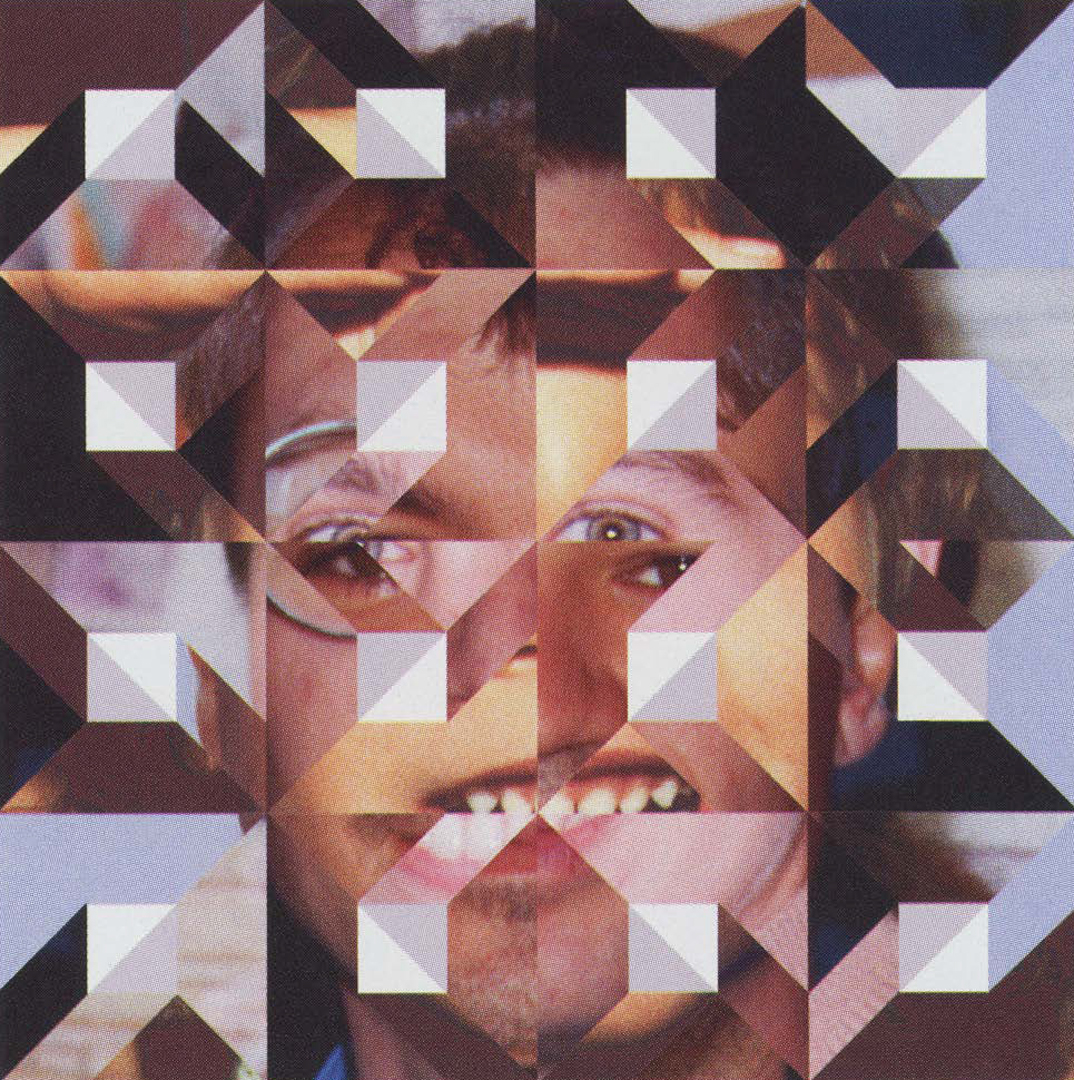Paul Hertz: Ignotus the Mage
Artist(s):
Collaborators:
Title:
- Ignotus the Mage
Exhibition:
Medium:
- Still image from installation
Size:
- 10' x 8' x 8'
Category:
Artist Statement:
Ignotus the Mage combines and extends a series of earlier works in which samples of digitized faces and spoken names provide the raw material for an interactive installation. It brings together various processes that have long informed my work: induction of the audience into the creative process, pattern-making games,intermedia composition, remixing as a metaphor for memory, and collaborative interaction.
In Ignotus the Mage, a performance serves to gather the raw material for an interactive multimedia installation. The artist performs as the Mage, a dysfunctional fortuneteller who sits at a table and interprets the patterns that participants create with his homemade binary punch cards. In exchange for his services, he records the face and spoken name of each participant. The names, faces and patterns inhabit the interactive installation, a table with embedded sensors that control projected video and spatialized sound.
A topological transformation of the Mage’s patterns yields graphs that can be interpreted as generative structures for musical or multimedia events. Here they control the selection and remixing of vowel, consonant, or syllabic sounds from the spoken names and the collaging of different faces. The captured material from each successive installation becomes a jumbled but evocative “collective portrait” of the group that participated. The faces and voices fragment and recombine, yet we may still detect individual qualities and the traces of a specific time and place. Left alone, the installation quietly sifts through its material. When visitors arrive, it wakes up and triggers rhythmically collaged sounds and images in response to their interaction. With a little patience, they can learn to make whole faces and names emerge from the fragmentary display: rising from the waters of memory, for a fleeting moment of union, a face joins a name.
Technical Information:
The homemade binary punch cards with patterns on their faces implement an algorithm for generating Latin squares of different geometric tiles. The holes and slots in the cards are used to sort them. The artist developed the cards in the late 1970s and later created several computer programs to mimic them. The cards allowed him to let other people compose his paintings for him. Out of gratitude, he offered to interpret the cards for them. The interactive multimedia installation uses a generative system for controlling audio and visual events. The system uses directed graphs that result from a topological transform of the patterns generated by the punch cards. The application that drives the installation traces the graphs with multiple “agents” to derive multimedia events. Participants can control the choices that agents make at different vertices of the graph. The recorded voices used as audio material are analyzed and controlled with digital signal-processing software. The images are fragmented and composited using alpha channels derived from rule-based colorings of the patterns.





